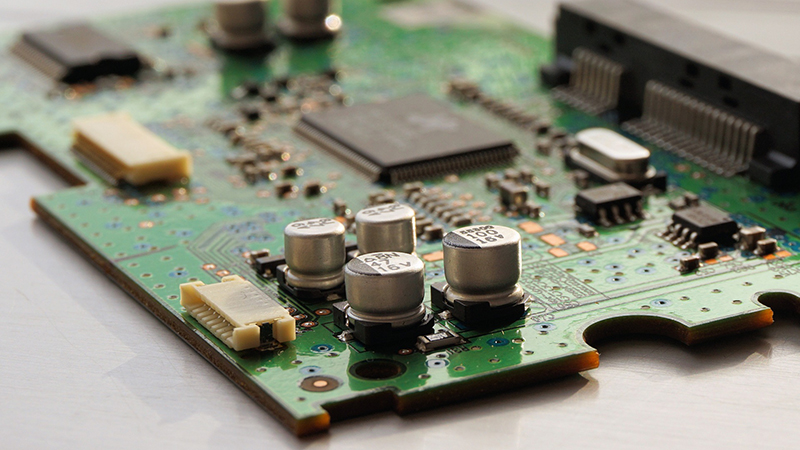The study was conducted in response to a shareholder resolution filed by As You Sow, which was withdrawn after Microsoft agreed to increase consumers’ options to repair their devices by the end of 2022.
The report recommends several actions Microsoft can take to improve repairability of its devices and concludes that doing so would significantly reduce waste generation and greenhouse gas (GHG) emissions.
Key Findings of the report include:
- For the seven devices studied, the study showed that repairing the product instead of device replacement can yield up to a 92% reduction in potential waste generation and GHG emissions;
- Greater than 20% of the net sustainability benefits of repair are determined by the transportation method and logistics for delivering devices to repair facilities; and
- “Mail-to” repair services offer the lowest GHG emissions, even over long distances, compared to other transportation methods, such as consumers driving their own vehicles to repair facilities.
“Microsoft has communicated that these findings have been embraced throughout the company, which is laudable, and signifies that successful implementation is more likely,” said Kelly McBee, waste program coordinator at As You Sow. “Just one year ago we were hearing a different message from the company on device repair and now, with the release and adoption of these study findings, the company is demonstrating important action to leverage device repair as a significant mechanism for meeting its climate goals.”
To fulfill the remainder of its commitments to As You Sow, Microsoft will continue to use these findings to expand the availability of certain parts and repair documentation beyond Microsoft’s Authorized Service Provider (ASP) network, as the company has recently begun, and initiate new mechanisms to enable and facilitate local repair options for consumers, such as this recent tear-down video posted by the company.
Key next steps:
- Expand repair shops from commercial-only ASP access to consumer access, while improving the centrality of repair facilities;
- Expand repair access beyond ASP facilities, as recommended in a recent Federal Trade Commission report;
- Improve the availability of spare parts, tools, and instructions;
- Promote bulk “mail-to” repair services; and
- Continue to design devices for repairability.










